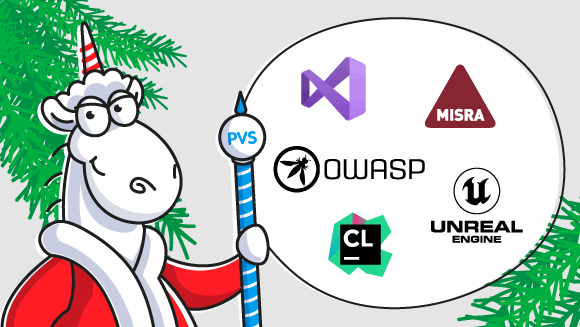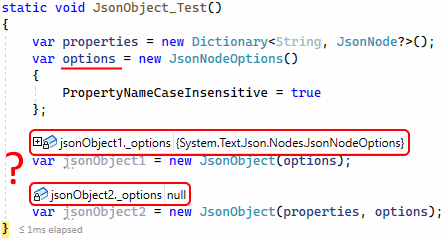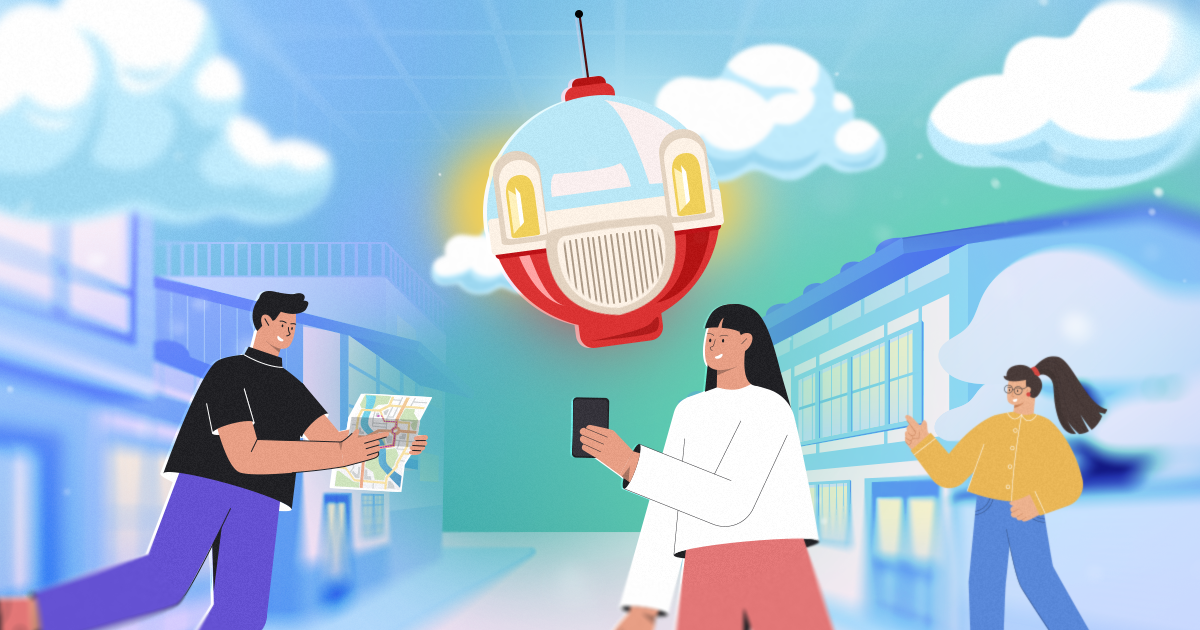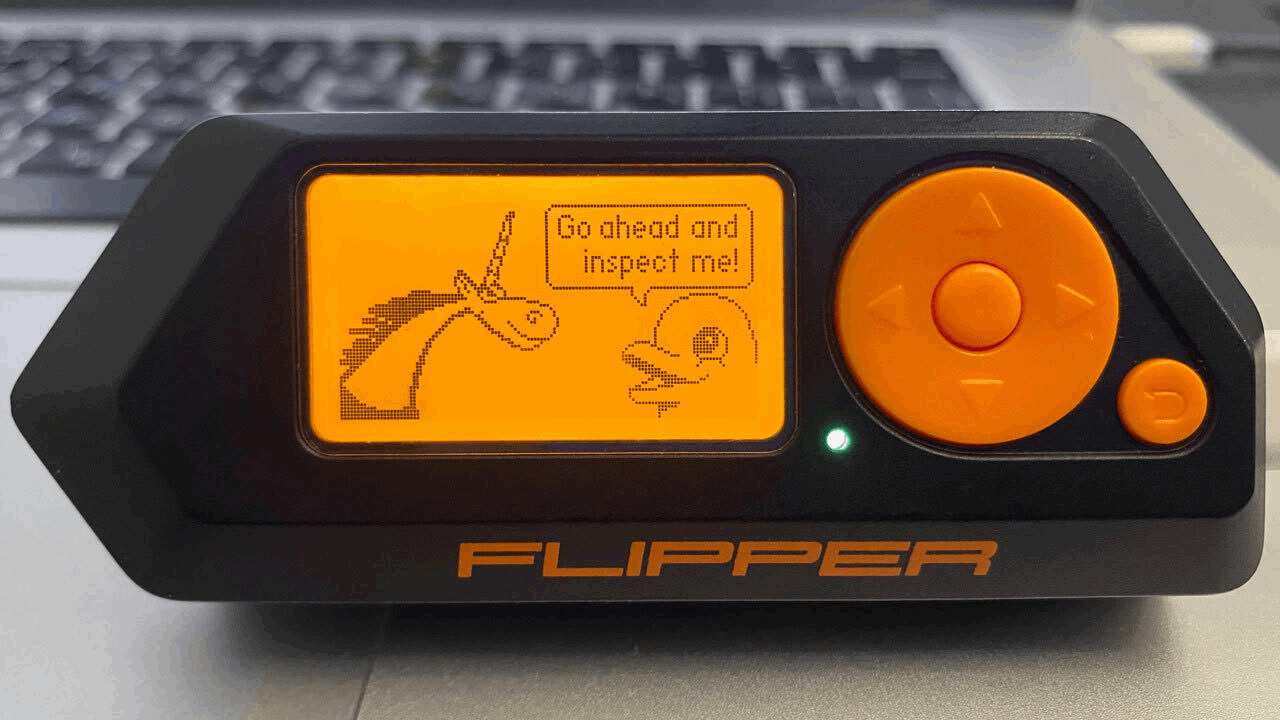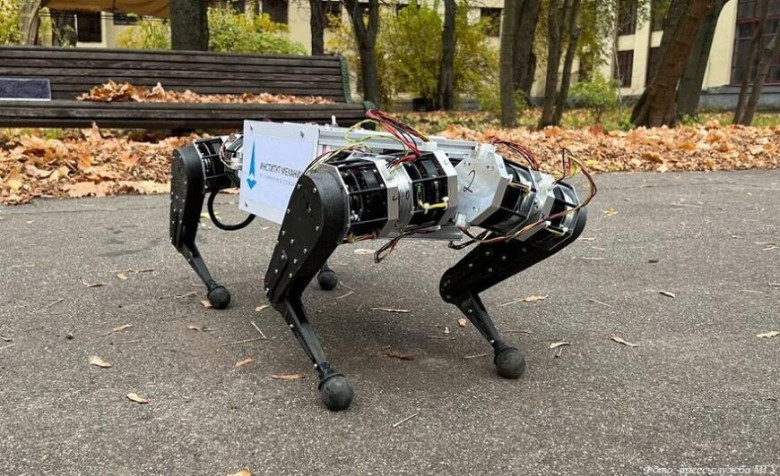Hi! I am Aleksey Rybakov, Product Owner at Sber ARVR Lab.
And before telling you what we have achieved, let me explain the meaning of this article’s heading. Or more so, explain the word “metauniverse”. This term was well-described by Mark Zuckerburg: “Metauniverse is internet implemented, where instead of looking at internet, you are inside of it.” Like a parallel universe, which you can enter yourself with AR/VR gadgets or through a 3D-avatar.
In other words, a metauniverse is simultaneously a virtual space and a way of engaging with its objects without the common “screen + keybord/mouse/sensor” medium.
And yes, metauniverses are here. But to get into one, you’ll need a few things. First, you need to know where to look. We will talk about that later when depicting a curious case in Moscow. Second, you need a technology that will help connect the virtual world with the real one. We will talk about that as well.
Now, let me introduce: VPS.


